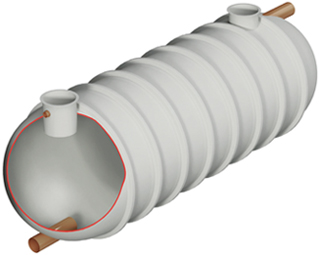In the same way that different areas of water are known under different names, so are different types of flood. Depending on location, size, scale and cause, floods are appointed different names, and here we explain a little more about the most common types and what they are before giving a famous example of each.
River flood
This type of flood occurs when the level of water rises above the top of a river’s banks and spills over to the surrounding land. This can happen for a number of reasons:
- excessive rain caused by tropical systems making landfall
- persistent thunderstorms over one area for extended periods of time
- combined rainfall and snowmelt
- an ice jam
One famous example of a river flood is that of the Thames flood in 1928 which came about due to heavy snowfall followed by a sudden thaw and heavy rainfall in the winter of 1928. Fourteen people were drowned in London, with thousands made homeless.
Coastal flood
A coastal flood is caused by a higher-than-average high tide, which is further worsened by heavy rainfall and onshore winds. Some places are more susceptible than others, such as South Carolina and Georgia. This is due to their being coastal developments and having lower elevation.
A famous example of a coastal flood is the North Sea Flood in 1953, in which a heavy storm in the night caused water levels to rise to dangerous levels. The Netherlands, Belgium and the UK were all affected.
Storm surge
A storm surge is an abnormal rise in the level of water in a coastal area. The level will reach over and above the regular astronomical tide and is caused by forces created through a severe storm’s wind, waves and low atmospheric pressure. These are extremely dangerous, with the capability of flooding large coastal areas.
One lethal example of a storm surge was Hurricane Katrina in 2005, in which over 1,500 people lost their lives following interaction between a tropical wave and the remnants of Tropical Depression Ten; a monumental cyclone. Katrina has since been named one of the five deadliest hurricanes in the history of the United States.
Inland flooding
Inland flooding is what occurs for one of four reasons:
- when moderate precipitation accumulates over a period of several days
- when intense precipitation falls over a short period
- when a river overflows due to an ice or debris jam
- when a river overflows due to a dam or levee failure
A well-known example of inland flooding is Hurricane Floyd (1999) which was aided by Tropical Storm Dennis (1999). This flood caused severe flooding in a widespread area, creating between 3 and 6 billion dollars of damage.
Flash flooding
Caused by heavy or excessive rainfall in a short period of time – generally less than six hours – flash flooding can be spotted due to characteristics such as raging torrents of water which rip through river beds, urbanised areas and even mountain canyons.
The Great Sheffield Flood of 1864 is a prime example of a flash flood, an occurrence which came about due to the Dale Dkye Dam breaking as its reservoir was filled for the first time.
Here at Wildon UK, we know just how important water is to communities, which is why we are committed to the safe, reliable provision of water through effective, well-regulated drainage systems. If you are having difficulties with your drains or wastewater management systems, simply give us a call today. Our friendly team of highly trained engineers are on hand 24 hours a day, 7 days a week, to provide an emergency call out service with only the highest levels of expertise and the best standard of work, all at a price you can afford.
Go back to








